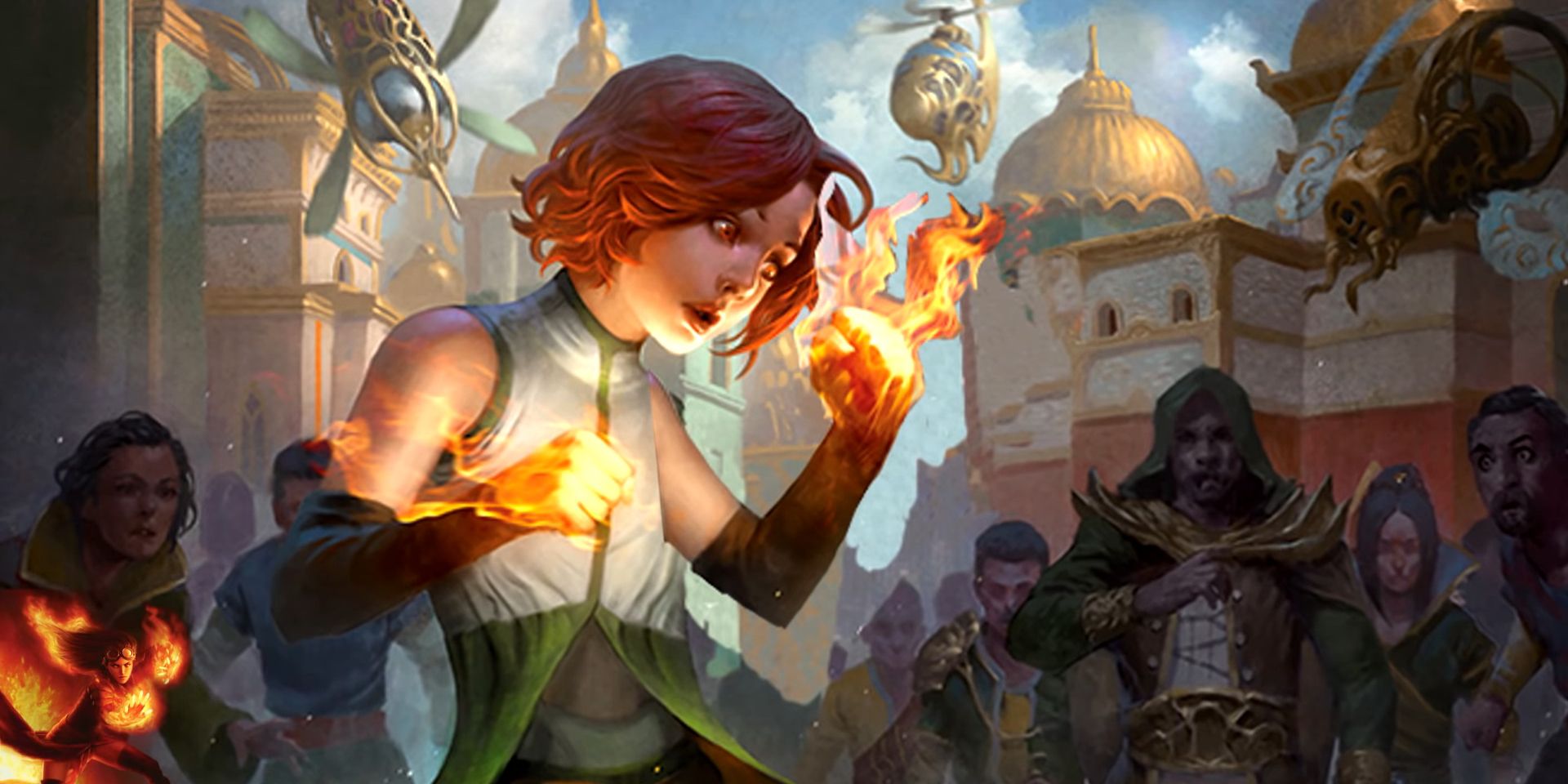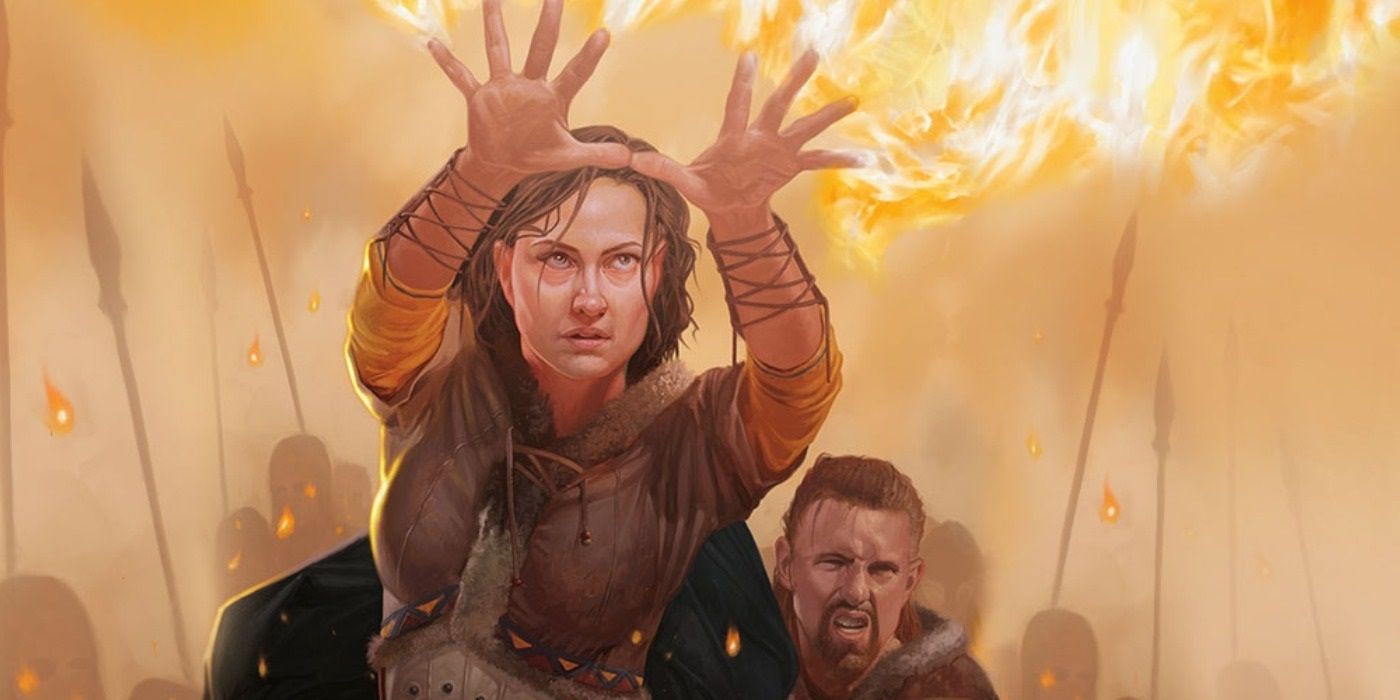Dungeons & Dragons: Honor Among Thieves
dungeon & Dragons’six stats - Strength , Dexterity , Constitution , Intelligence , Wisdom , and Charisma - are used to represent character attributes , and they have since the game was first formulate . ButD&Donce had an optional seventh stat called Comeliness that determine a character ’s physical beauty as part of the formula , but it was eventually fell .
There was a long period of prison term when Charisma was considered to be a dump stat , with the exclusion of Paladins , who need a 17 in Charisma to even take on the socio-economic class in the first spot . Charisma became a sight more important in the third edition ofD&D , when it was tied to the abilities of several form , and the raw Skill system made it easier to mold people through handicap .
Related : Blibdoolpoolp : D&D ’s Weirdest Deity Is A Woman With A Lobster Head

Charisma is important to manyD&Dclasses , but some fans wonder how far it goes into defining a person . Does a gamey Charisma score automatically have in mind the character is physically attractive ? The first edition ofD&Dhad an optional regulation inUnearthed Arcanathat tried to distinguish between a part ’s physical beauty and the strength of their personality . However , it was drop before the third edition ofD&Dwas released .
Beauty Vs. Personality
fairness tracked grapheme ' forcible attractiveness to others . It was deal like any of the main stats , with participant rolling 3d6 at character creation to determine their Comeliness . This was before the day ofDungeons & DragonsStandard Array , where players could use pre - assigned scores . A fiber would receive a fillip or punishment to their Charisma score , ground on their slipstream , with half - orcs taking a -3 and high elves receiving a +2 . A high Comeliness score had an outcome standardized to thefascinatespell , allowing the character to fascinate those around them with their beauty . The disconnect from Charisma meant that there could beD&Dcharacters who were beautiful but also difficult to dish out with . The opposite was also dead on target , as a grapheme could be hideous , yet extremely compelling and persuasive .
Comeliness was always treated as an optional rule , even when it was revived in theAdvanced Dungeons & Dragonsera . The stat was never introduce in the third edition era and has n’t been since , though it ’s leisurely to bring back withDungeons & Dragonshomebrew normal . The issue with Comeliness is that it causes more problems than it insert . It broadly was n’t used as often as Charisma , to the power point where it mostly acted as a defined degree for how attractive the role could be to others . The other consequence is that not all characters are going to find the same things attractive . Not all characters are going to find elves attractive or orcs repulsive . Comeliness could n’t even begin to capture the many facets of what a character might ascertain attractive in another , which is why it has n’t been a part ofDungeons & Dragonsfor so long . It ’s normally easier for players and DMs to find out a character ’s coming into court at creation , but restrict any in - game applications to Charisma .
Next : Why More Dungeons & Dragons Adventures Should Happen Underwater


